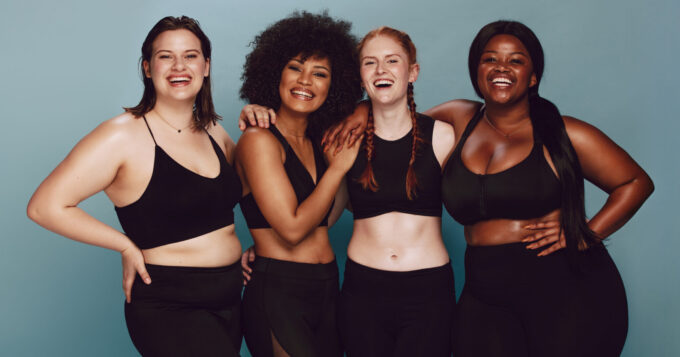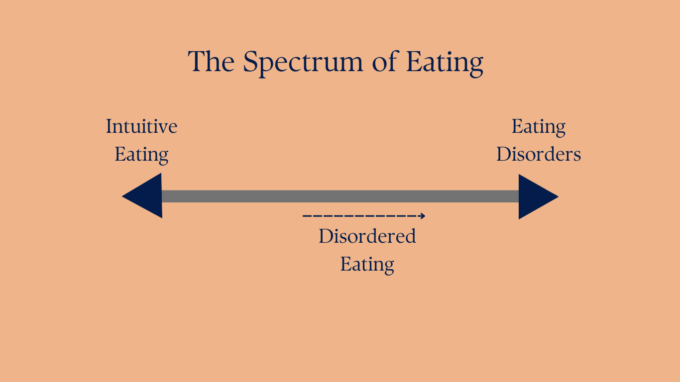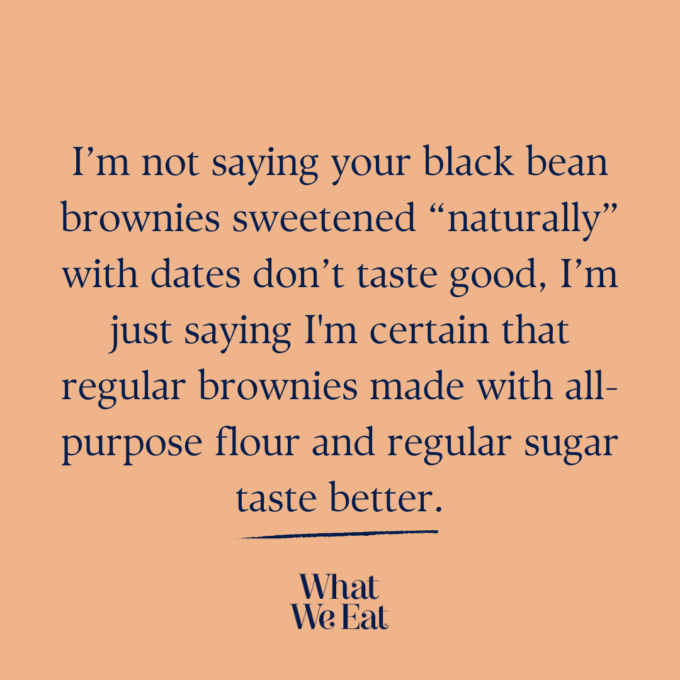
To be human is to experience body image. Body image is the thoughts and feelings we have about our bodies. Although it can sometimes feel like it, we aren’t born with these thoughts and feelings. They are taught to us in both subtle and overt ways overtime. In an image-obsessed, fat-fearing culture, struggling with negative body image is the norm. When negative body image drives behavior, it can get in the way of us responding to what our actual bodies need and result in both psychical and psychological suffering.
In this post, I’ll discuss the origins of our body images, the universality of body image challenges, and strategies for self-care in a world that has taught us to fear, and oftentimes even hate, our bodies.
Ultimately, what I want you to walk away knowing is that body image is not a “you” problem. That means you alone may not be able to “fix” it. Until we tear down our current culture and replace it with one that celebrates body diversity, the best we can do is understand why we struggle with body image, hold ourselves softly when negative thoughts arise, and then actively choose to care for ourselves based on what our actual bodies need. This form of embodiment is a salve rather than a solution but practicing it is a form of resistance that can feel revolutionary.
Continue reading “BODY IMAGE: WHAT EXACTLY IS IT AND HOW TO NAVIGATE WHAT IS NOT A “YOU” PROBLEM”

